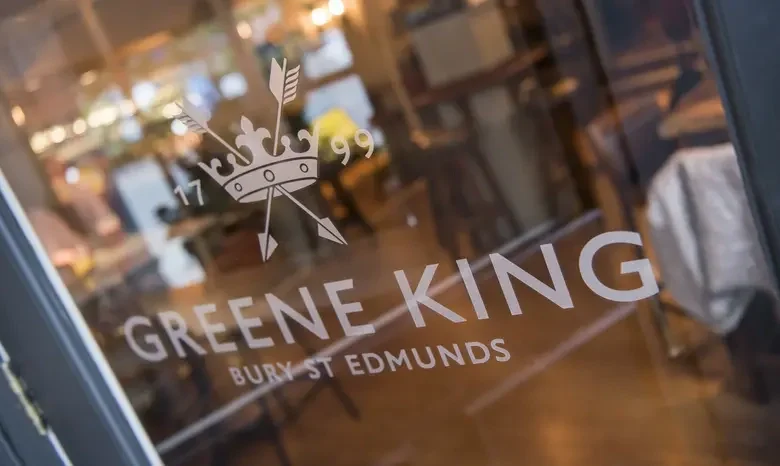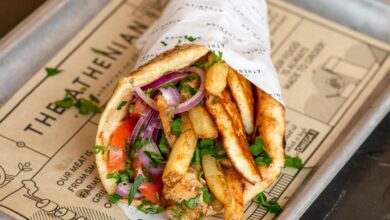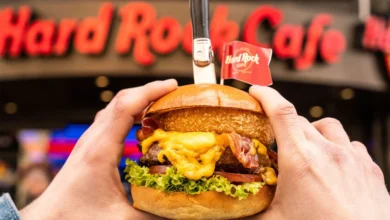Greene King switches to electric power to cut carbon emissions
The company is investing in voltage optimisation equipment in pubs and in decarbonisation projects such as infrastructure for electric kitchens

Register to get 1 free article
Reveal the article below by registering for our email newsletter.
Want unlimited access? View Plans
Already have an account? Sign in
Greene King has expanded its use of electric power across pub operations and transport as part of efforts to reduce reliance on fossil fuels.
The pub company and brewer said almost a third of its managed pub kitchens are now fully electric or electric-ready, replacing gas-powered systems. It has also doubled the proportion of staff mileage claims for electric vehicles in the past year, with 23% recorded in 2024 compared with 12% in 2023.
The company is investing in voltage optimisation equipment in pubs and in decarbonisation projects such as infrastructure for electric kitchens. Greene King’s new Middleton Distribution Centre in Greater Manchester will feature 8,000 square metres of solar panels, expected to generate 1.2 million kWh a year – meeting about half of the site’s power needs when it opens next year.
Electric vehicles are also being introduced in Greene King’s property and maintenance fleet, with 22 new vans fitted with on-board power inverters for charging tools. The company has installed about 1,500 electric vehicle charging bays across its pubs and sites, aiming to increase this to 1,900 bays in 400 locations by the end of 2025.
Greene King has committed to halving greenhouse gas emissions by 2030 and reaching net zero by 2040. It is a member of the RE100 initiative, which promotes the transition to 100% renewable electricity.
Andrew Bush, chief experience officer at Greene King, said: “There has been a real collective effort from our pub teams and support centre teams to use more sustainable power sources, whether that’s in the vehicles they choose to drive, or the fuels used to cook customers’ meals. These behavioural and infrastructure changes can be led by the business and by individuals.”







